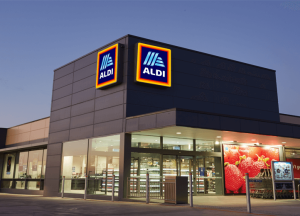The adaptation of Chicken Tikka Masala as the national dish of the UK reflects the dynamic nature of culinary evolution and cultural exchange. This Indian-inspired dish has seamlessly integrated into British gastronomy, symbolizing the blending of diverse flavors and traditions. It showcases how food can transcend borders, fostering a sense of unity through a shared appreciation for diverse tastes.
Yes, Chicken Tikka is an Indian dish. “The masala sauce was added to satisfy the desire of British people to have their meat served in gravy.” The dish is extremely popular in the UK and is ordered in high volumes by the British, alongside other popular British foods like fish and chips and Yorkshire puddings.
Chicken tikka masala is a curry-based dish in which chicken marinated in a spice-laden yogurt base is pan-fried and dunked in a tomato-based mildly spicy and creamy curry. The sauce is usually creamy and orange-colored. The dish was popularised by cooks from India living in Great Britain and is offered at restaurants around the world.
In 2001, the UK’s foreign secretary, Robin Cook said that Chicken Tikka Masala is an Indian dish but it is the perfect example of the illustration of the way the British absorb and adapt to external influences. It is said that Ali Ahmed Aslam invented chicken tikka masala at his Glasgow restaurant in the 1970s. As British officials and merchants spent time in India, they wanted to continue to enjoy the curries there when they returned to Britain. The chef, to please a customer, added a mild tomato-cream sauce to his chicken tikka, which is pieces of boneless chicken marinated in yogurt and curry spices and served on a skewer, kebab-style.
The dish has taken on large cultural significance in Britain. It is widely considered to be one of the country’s national dishes. Aslam dated the birth of the dish to sometime in the 1970s. (Who added the cream is not known.) By the early 1980s, when Tharkar sampled it at the Curry Pot, CTM was already a smashing success around the country. Twenty years later, Foreign Secretary Robin Cook would describe it as “a true British national dish.” In addition to giving eaters something in which to soak their naan, it made the dish less spicy and therefore more palatable to Brits brought up on relatively bland fare.
The United Kingdom has a particularly strong tradition of what the general population calls Indian cuisine, which is a misnomer as the restaurants in question are mainly run by people of Bangladeshi origin. The chicken tikka masala was most certainly invented in Great Britain by a Bangladeshi chef and certainly does not come from the Raj or the kitchens of the Mughal Emperors. People think it’s Indian, but it’s Bangladeshi food that has become a staple of British national cuisine. Until the early 1970s more than three-quarters of Indian restaurants in Britain were identified as being owned and run by people of Bengali origin. Most were migrants from East Pakistan, which became Bangladesh in 1971. The rich and savory Chicken Tikka Masala has become a staple in British cuisine, reflecting the multicultural tapestry that defines modern British food.
Article by Shrunjal Vyas | Edited by Saumya Sharma



